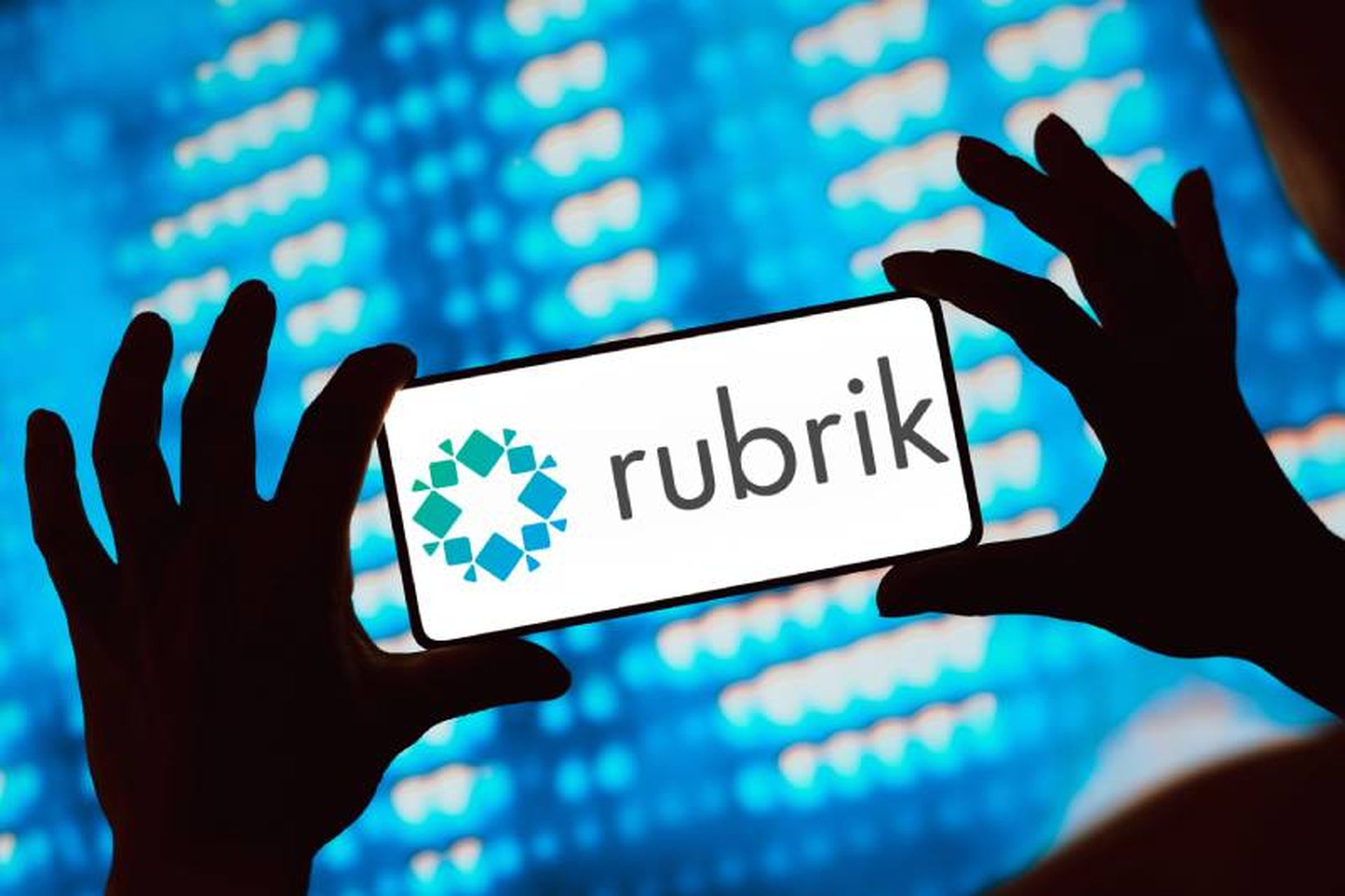
In an era where the cloud reigns supreme, one might assume that by now, we'd already have a straightforward process for ensuring the security of cloud environments. After all, with the vast amount of time and resources invested in cloud technology, we’d expect a well-defined process for controlling the security posture of these environments. However, managing cloud security has become increasingly complex, involving multiple teams from various organizations.
The teams responsible for cloud infrastructure security typically include R&D, infrastructure, security, and compliance. Each team brings its unique expertise and perspective, making collaboration essential for effective security management. While R&D focuses on developing innovative cloud applications, infrastructure teams handle the deployment and maintenance of cloud resources. Security teams play a crucial role in assessing and mitigating security risks, while compliance teams ensure that cloud deployments adhere to industry regulations and standards.
This comes to a point where the teams I mentioned have different objectives and key performance indicators (KPIs), use different software and technologies, and speak different languages. The tension and friction between them turn into non-productive communication and are possibly the root cause of the security incident.
To effectively manage cloud security in this complex landscape, teams need to address several important tasks:
Build secure cloud applications
Developing secure cloud applications is the cornerstone of cloud security. R&D teams must prioritize security throughout the entire CI/CD lifecycle, incorporating security best practices and robust authentication mechanisms to mitigate potential vulnerabilities. It starts with the code written, but then we need to bring into consideration the data we’re fetching, how we request and grant access (and to whom), APIs, and third-parties we integrate with.
Conduct risk assessments on all layers
Risk assessments are essential for identifying and prioritizing security risks across all layers of the cloud. The infrastructure teams must conduct thorough assessments to identify potential vulnerabilities in network configurations, storage solutions, and server instances. The gateways between these different services usually begin with good identity and access management (IAM) configuration, the most commonly used access mechanism today. We must always remember that identity is not only for users, but also for non-human or machine identities. Next, we need to check access to data and the way it gets stored and encrypted. And lastly, how are we connected to the outside world?
Assess security policies and set guardrails
Establishing clear security policies and implementing guardrails has become crucial for maintaining a secure cloud environment. Security teams should regularly review and update security policies to align with evolving threats and industry best practices. Automated guardrails can help enforce compliance with security policies, preventing unauthorized access and data breaches. I like comparing this part to the work of a very professional DevOps engineer. When a good process and pipeline gets built, for the most part, it will operate smoothly and the engineer will only have to make tweaks and changes along the way. The same goes for the assessment process. Teams should always do it continuously, not just before an audit. This way, we'll find fixing issues a routine and ongoing process. Place guardrails not only based on the different compliance frameworks, but also based on the organization’s unique business, applications, and appetite for risk.
Remediate and repeat the process
Think of cloud security as an ongoing process that requires continuous monitoring and remediation. Security teams must promptly address security incidents and vulnerabilities as they arise, implementing remediation measures to mitigate risks. Conduct regular audits and assessments to ensure compliance with security standards and regulations. AI technology came to the rescue and today we can save a lot of time by correctly prioritizing the different security risks, based on the impact they create on our organization. Moreover, using the right technology can assist us in quicker remediation cycles. First by building customized remediation, based on our applications and infrastructure, and second, by automating enforcement processes.
If we acknowledge the importance of effective collaboration in driving efficient security processes across the organization, the subsequent step involves identifying a platform to facilitate this collaboration. Recognizing that various teams have different objectives in mind (code security versus IAM), it's essential to note that each product offers a unique set of capabilities. Rather than feeling overwhelmed by the multitude of acronyms, focus on the specific challenges the team aims to address and the goals it wants to achieve. Then, explore opportunities for cross-team collaboration to attain collective objectives while ensuring a secure and compliant environment. This entails implementing least-privileged access, safeguarding data, and configuring systems to enhance speed and efficacy in delivery.
Shira Shamban, co-founder and CEO, Solvo




